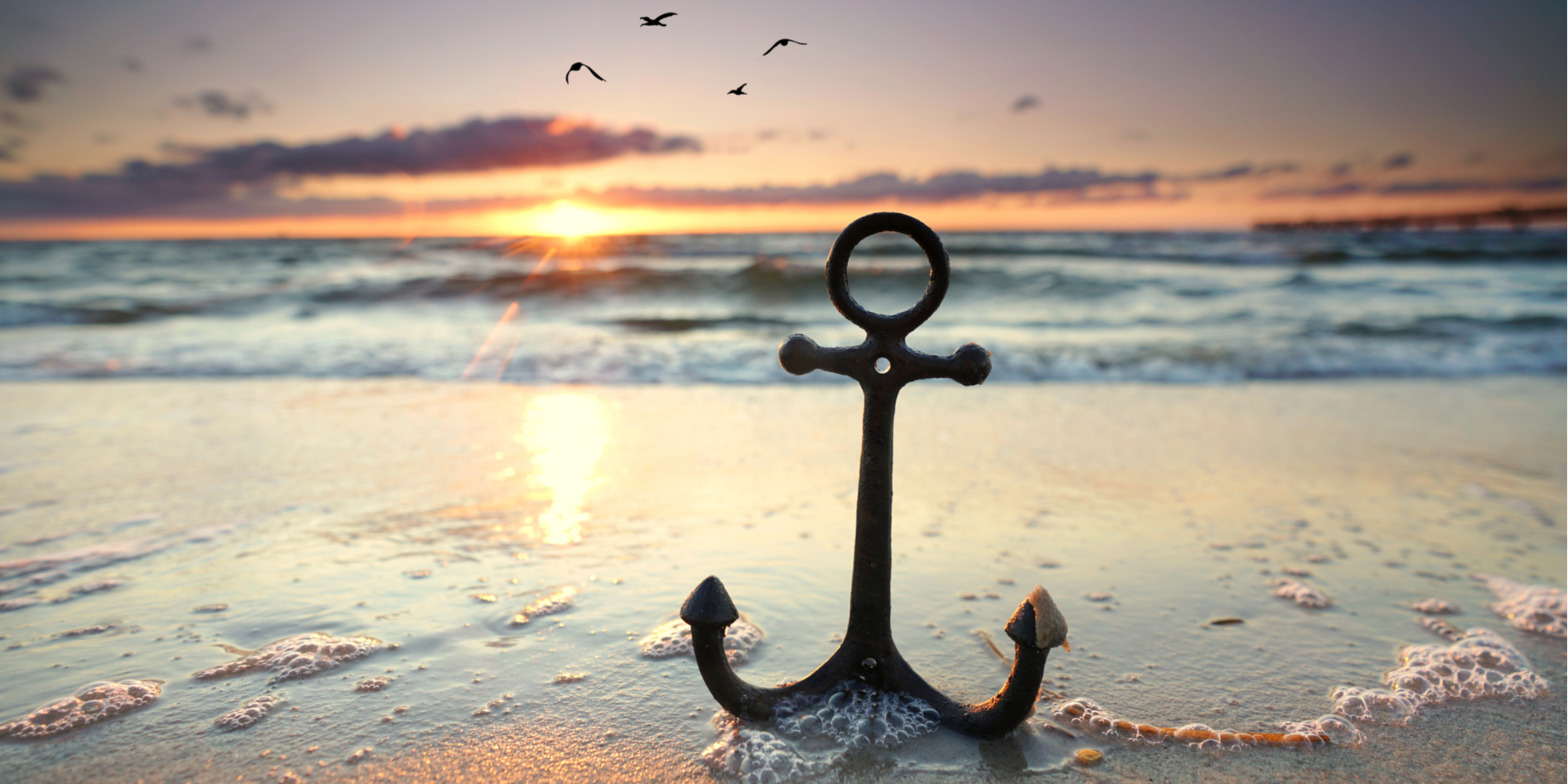How to Anchor While Island Hopping

If you haven’t gotten out to explore the islands around Tierra Verde, there’s no better time than right now! On weekdays, islands are all but empty. That means you can have a somewhat private island all to yourself, and you can even drive your own private boat rental straight to it!
But anchoring can be a pain, especially if you’re not familiar with our local waters. That’s why our expert dockhands have come up with these tips to make anchoring while island hopping simple and easy!
1. Anchor in the Right Depth
The first step in safely anchoring is to make sure you’re in a good depth of water. Generally, our rule of thumb is that you want to anchor in water that’s between three and four feet deep around the islands.
This should be pretty easy, because all of our boats come equipped with depth finders, so there’s no need to hop out and check the water! But if you do need to check by hand, you can hop in the water and make sure the water comes up to around your waist. Or if you want to eyeball it, just make sure your prop isn’t kicking up sand, and you should be good to go!
2. Cast Your Anchor
The right type of anchor depends largely on the area where you’re anchoring. Because of the soft sediment in our area, all of our boats come equipped with fluke anchors, and we’re going to tell you exactly how to set them up.
First, you want between five and ten feet of anchor rode (the rope or chain attached to your anchor) for each foot of water. Specifically, you’ll want one full arm length per foot of water you’re anchoring in. Point the nose of your boat into the oncoming waves, toss your bow anchor, and let the force of the waves set it for you. You’ll know it’s set when you can’t pull it!
Once your bow anchor is set, tie off the end of the rode to one of your cleats. Then repeat this process with the stern anchor. It’s important to set both anchors so that your boat doesn’t spin and accidentally crash into another vessel!

